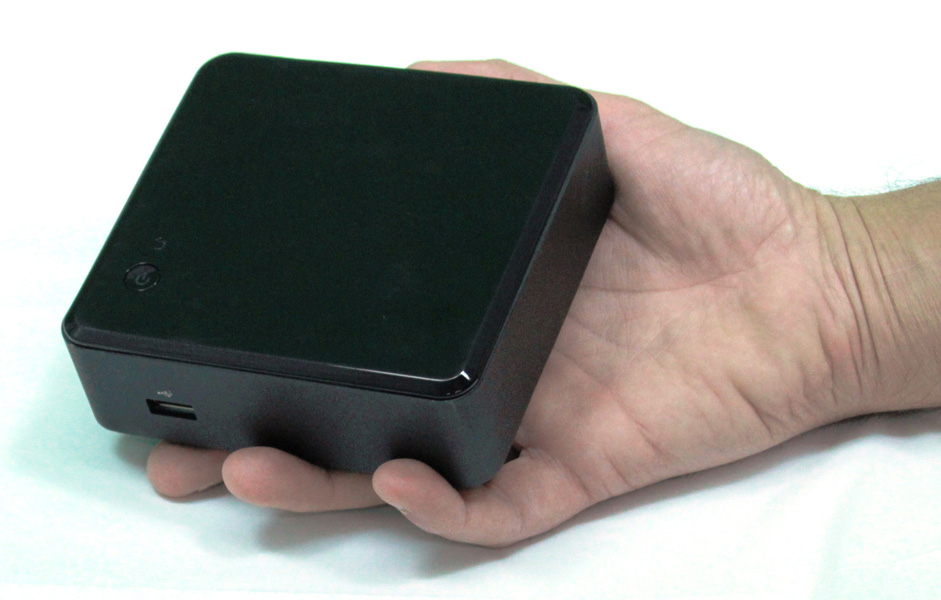Making a beeline to NUC specialty computer
 (Sept. 10, 2023) — The Next Unit of Computing (NUC) is a specialty computer that is becoming the go-to computer for mainstream business and home offices.
(Sept. 10, 2023) — The Next Unit of Computing (NUC) is a specialty computer that is becoming the go-to computer for mainstream business and home offices.
Gone are the days when general-use computers were massive, weighing 30-40 pounds and measuring 6-inches wide and 2-feet tall. All that computing power, and more, is now packaged into the 5-inch by 5-inch by 2-inch tall NUC.
It started in the ’60s, when Japanese engineers decided to shrink the behemoth desktop to a transistor radio. Gone are the vacuum tubes and glow that use a great deal of electricity, transformed into a radio that fits in your ear and uses a rechargeable battery that can last for years.
“Kaizen” is the Japanese word for it, meaning “activities that continuously improve all functions and evolve all employees to make constant and consistent changes,” according to Bing’s AI. Kaizen means change is good.
Getting smaller
Shrinking the size of electronics really got its start at Bell Labs when Bardeen, Brattain and Shockley invented the transistor in 1947.
Fast forward 60 some odd years and apply Kaizen to computers and you now have a computer so small it fits in the palm of your hand and weighs about a pound. It’s as powerful as that massive computer of yesteryear – actually 100 times the power.
Intel was the first to popularize the NUC, however, when they first made their arrival in the market, they were barely able to open a Microsoft Word or Excel Spreadsheet. Since then, Kaizen has worked its magic, and year after year improvements have yielded massive power and a much smaller size.
The NUC is not for extreme gamers but does a decent job for most popular games and streaming videos. For the busy office person who needs speed, power, multiple open apps and a desirable price point, this is the computer for you.
There are only a handful of manufacturers venturing into this field because it is still in the adoption phase of marketing. However, that is quickly changing.
Think power, not size
Intel is divesting itself from manufacturing all of the NUC components and handing that off to others, while maintaining the production of the processors (CPU) that go into the NUC. Companies like ASUS Tech, BeeLink and Simply NUC are responsible for making the basic systems, while system builders install the final components such as the RAM and media (SSDs) allowing Intel to sell more CPU chips.
To make a finer point, don’t think just of the size of the NUC, think of the power. For example, one can configure the NUC with a massive Intel i9 processor (CPU), up to 32GB RAM and 4 TB of data storage. Impressive for a tiny, quiet, power-stingy box.
I would be remiss if I didn’t mention the portability of this device; it is small, lightweight, powerful and inexpensive. With one hand, pick it up, move it to another location, plug it in and go to work.
Although there are differences in models, most support multiple USB 2.0, 3.0 and USB-C ports, HDMI video outputs, Ethernet jacks and can even mount the entire unit on the back side of a monitor.
Oh, did I mention it runs Windows 10 or 11 in 64 bit mode so that means all your apps and programs work, right out of the box.
For more information, and to see if this is the right fit for you, call your local computer professional and discuss your needs.

Will Claney
William Claney is an independent tech writer and former owner of Computers USA in the Clayton Station. Email questions or comments to willclaney@gmail.com.

